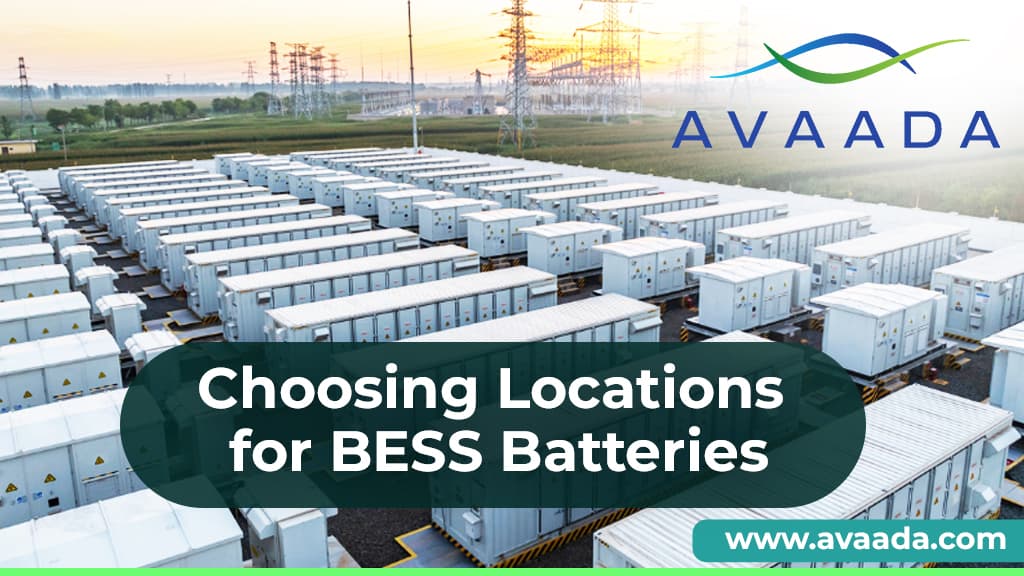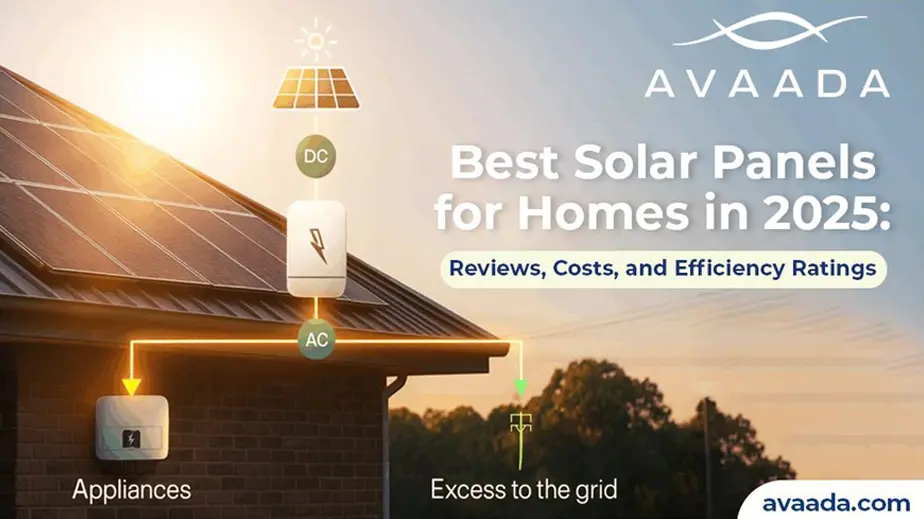As the world’s industry turns towards renewable energy, Battery Energy Storage Systems (BESS) have become critical tools for electricity storage and management from sources such as solar and wind power. But BESS is not only a storage mechanism; it makes grids more reliable, lowers the cost of energy, and aids decarbonization.
Where should BESS batteries be located to provide maximum value?
Siting for BESS is more than identifying land space. It is a multi-dimensional technical and regulatory, environmental, and economic assessment. Whether it is a utility-scale project or a distributed energy setup, the next eight factors will determine the right site for BESS.
1. Proximity to Load Centres or Renewable Generation Sites
A major siting decision is whether to put batteries near generation or near load.
- Co-location of BESS with renewable resources such as solar farms or wind farms enables direct capture and storage of surplus energy during periods of peak generation, with simple dispatch in times of low supply.
- BESS installed near load centres like cities or industrial centres minimises transmission loss, alleviates grid congestion, and enhances response.
In both cases, the aim is to optimize efficiency and reliability by reducing the physical and electrical distance between generation, storage, and consumption.
2. Grid Stability Support
BESS is not only a storage system, but it has a critical function in grid stabilization by providing:
- Frequency regulation
- Voltage support
- Spinning reserve
- Black start capability
For the most effective use, BESS units must be located close to grid bottlenecks or points of weakness, where they can react in real time to oscillations and ensure power quality. Strategic location here can avert blackouts and enable real-time grid balancing.
To know more about the “Trends Shaping Battery Energy Storage Systems in 2025“
3. Land Availability and Being in Accordance with Regulations
Site availability is more than just finding land; it’s about finding the right kind of land.
- Flat, stable, and easily accessible terrain is usually ideal.
- The location must also meet zoning regulations, and in many cases, pass environmental impact assessments.
- Some jurisdictions may impose restrictions based on land use, proximity to residential areas, or sensitivity of the surrounding ecosystem.
For utility-scale BESS projects, which require a larger footprint, navigating local land policies becomes a significant hurdle and often shapes where a project can realistically be implemented.
4. Interconnection and Existing Infrastructure
The ease of grid connection is a cost and feasibility leader.
- Locations near substations or current transmission lines minimize the requirement for extra infrastructure and speed up deployment.
- Off-site or remote areas tend to necessitate expensive upgrades, land purchases for rights-of-way, and extended regulatory approval.
Simply put, a well-conceived site allows for quicker implementation and a more stable energy supply.
5. Policy Incentives and Financial Support
Government incentives, energy storage mandates, and regulatory schemes can make a significant difference in siting decisions.
- In regions offering tax breaks, capital subsidies, or performance-based incentives, companies are more likely to invest in BESS installations.
- Some states or countries provide special tariffs for storage, or fast-track permitting for battery projects aligned with renewable energy goals.
Placing batteries in policy-friendly regions often aligns with both financial prudence and regulatory simplicity.
6. Space for Future Expansion
With increasing needs for energy and advancing storage technology, expandability is an important factor.
- Locations must be able to accommodate extra battery modules or supporting equipment.
- Technology-upgrade areas in the future could also include space for second-life EV batteries or advanced cooling technologies.
Expansion planning today keeps the project alive and futuristic over decades.
7. Safety and Environmental Requirements
Like any industrial installation, BESS must be safe, secure, and environmentally sound.
- Proper spacing between units, secure fencing, and fire suppression systems are non-negotiable.
- Ambient temperatures, flood risk, and seismic activity all factor into a site’s safety profile.
- Local authorities may require permits related to chemical storage or hazardous materials, particularly for lithium-ion batteries.
Choosing a site that naturally supports these safety and environmental measures can reduce operational risk and improve community acceptance.
Learn more about the “Energy Storage – the Next Challenge in the Energy Transition”
8. Operational Efficiency and Long-Term Costs
It’s not simply a matter of getting the batteries in place; it’s about running and keeping them efficient throughout their 10- to 20-year life.
- Facilities with simple access by road and provision of services (such as water for cooling) make regular servicing easy.
- Terrain with moderate climatic conditions also minimize wear and tear on delicate battery components, resulting in lower maintenance and repair costs.
Ultimately, an efficient site ensures maximum uptime, lower maintenance costs, and reliable long-term performance.
Conclusion
It’s More Than Just Space Battery storage is the foundation of the future of clean energy. But placing BESS isn’t simply about installing containers on available land. From regulatory compliance and grid integration to long-term efficiency and expansion potential, each site choice makes a difference to performance, cost, and impact. To really maximise the potential of BESS, we need to care as much about what we install as where we install it.








